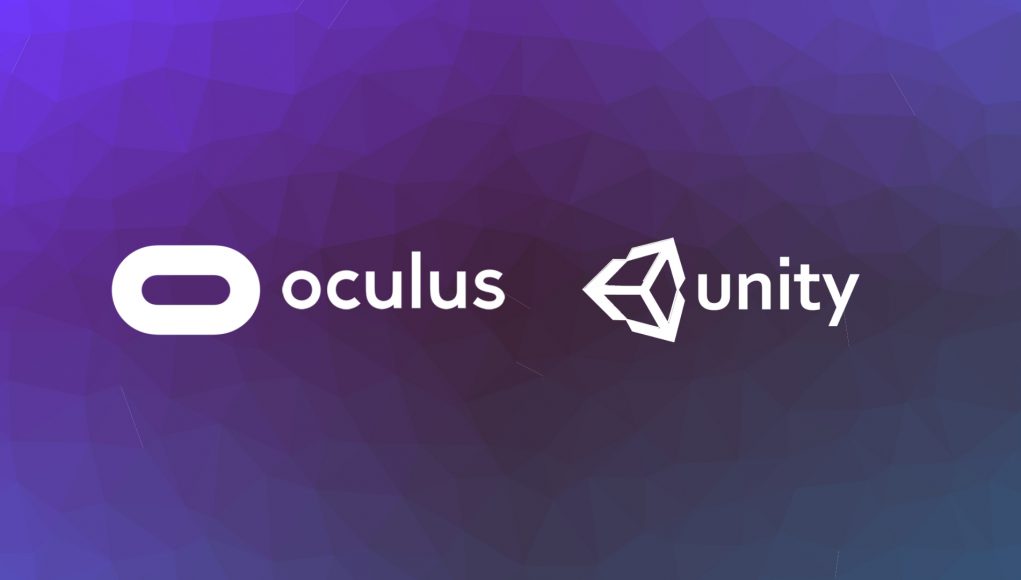
You already have some basic experience in game development and you want to get into the industry of virtual reality? Then you may be interested in a new course of game development for mid-level Oculus and Unity, which is not only free, but also can give you valuable feedback from Oculus on your creation.
The course, called “Design, develop and deploy for VR“, offers an extensive training of the middle level that will help you through all aspects of creating a virtual game, helping to create a fragment in the style of “leave the room”.
The course is divided into 11 blocks, the study of which will require more than 20 hours. In the end, you will learn a lot of useful information from dozens of experts Oculus and Unity, covering key topics such as prototyping and planning experience virtual reality, ergonomics, virtual reality, spatial audio, the user experience of virtual reality. (UX) design and optimization applications.
Despite the fact that the course aims at developing VR games, the skills learned in General, can also be applied to any consumer-oriented business.
After completing the course, you have the possibility to send your result to the Oculus team.
Before you begin, you need to have basic knowledge and some idea of VR, which can be purchased with the help of resources such as Unity”s intro tutorials and ‘Build Your First VR App’ tutorial from Oculus. Then all you need is the Unity Oculus SDK and VRTK, and equipment Oculus; the course was tailored to Rift’s, but you will be able to develop for Rift, and Rift S. Oh, by the way, knowledge of English is also necessary.
Here are the course topics, content and instructors:
- Unit 1: Introduction — Chris Pruett of Oculus — Chris gives you an overview of the industry of virtual machines, best practices for a successful game in virtual reality and review what you will study.
- Unit 2: design and prototyping of VR-games — Ruth Bram and Marie Kyle of Oculus set you up for success, and in this unit you will learn how to create a document of the game design, report, player profile and press kit.
- Unit 3: Using Unity to develop impressions of the VR — joy Horvath from Unity , you will learn how to set Oculus and virtual reality (integration VRTK) in Unity and how to set up a basic scene VR.
- Unit 4: Locomotion & ergonomics Eric Koski of Oculus — discover the best practices in order to make your virtual reality experience comfortable and learn how to implement a system of teleportation.
- Unit 5: the Presence of hands and interaction with them — Matt Franklin from Oculus. Learn how manual interaction work in virtual reality, how to design the interaction for object manipulation and how to overcome difficulties with the placement of objects.
- Unit 6: Best practices user interface for virtual reality — Gabor, Shower of Oculus — the Transition from 2D to virtual reality, a review of established paradigms of interaction with a virtual reality (e.g., laser pointers) and search on how to develop a user-friendly interface for virtual reality.
- Unit 7: Sound in VR — Robert Heitkamp of Oculus incorporate spatial sound for VR using the Oculus plugin Spatializer. In addition, immerse yourself in the reverb settings and mixer and learn how to check sound.
- Unit 8: performance Requirements — Matt Conte from Oculus — work Effectively with assets, use lighting and adjust your settings to get better performance in your game VR
- Unit 9: Optimization — Cristiano Ferreira from the Oculus. — Achieve results by using the Unity Profiler, Frame Debugger in Unity and Profile Analyzer. You will also learn about technical requirements for passing inspections virtual reality Oculus (VRC).
- Unit 10: Testing — Lisa Brewster and Bruce wooden from Oculus Successfully run the tests for your application VR. By the end of this section you will be ready to implement qualitative tests virtual reality into their development cycles.
- Unit 11: the Strategy of the submission and to market — Marie Kyle of Oculus In this last unit you will get a crash course in marketing to increase awareness of your virtual reality experience and pricing strategy. We’ll also talk about best practices in direct store delivery Oculus.
Source








